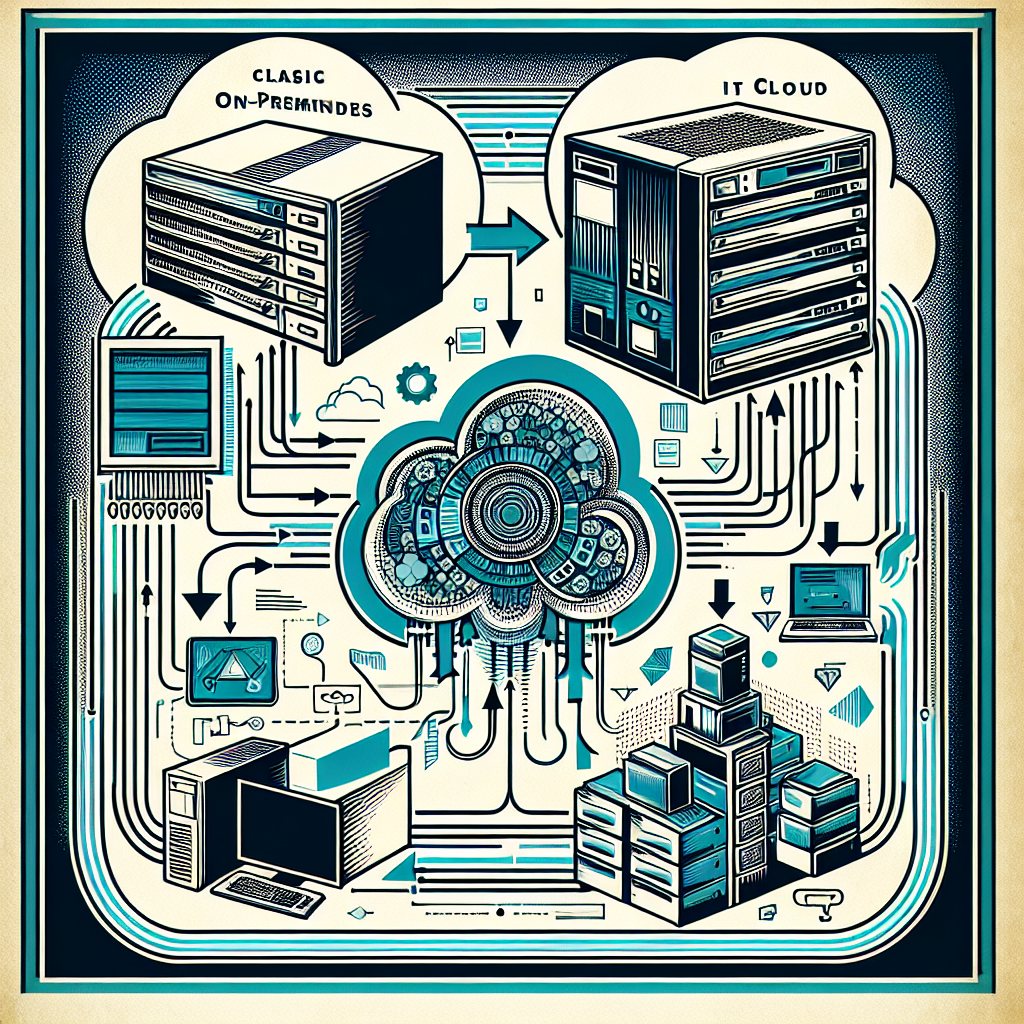Your cart is currently empty!
The Evolution of IT Infrastructure Management: From On-Premises to Hybrid Cloud

Over the past few decades, the way organizations manage their IT infrastructure has evolved significantly. From the traditional on-premises model to the more modern hybrid cloud approach, IT infrastructure management has undergone a transformation that has impacted the way businesses operate and deliver services.
In the early days of IT infrastructure management, organizations relied heavily on on-premises solutions. This meant that all hardware, software, and networking equipment were located within the organization’s physical premises. While this approach provided a level of control and security, it also required significant investment in infrastructure and resources.
As technology advanced and the demand for scalability and flexibility increased, organizations began to explore alternative solutions. This led to the rise of cloud computing, which offered a more cost-effective and scalable option for managing IT infrastructure. Cloud computing allowed organizations to access computing resources and services over the internet, without the need to invest in and maintain physical infrastructure.
The next step in the evolution of IT infrastructure management was the emergence of hybrid cloud solutions. Hybrid cloud combines the benefits of on-premises and cloud-based infrastructure, allowing organizations to leverage the best of both worlds. With a hybrid cloud approach, organizations can move workloads between on-premises and cloud environments based on their specific needs and requirements.
Hybrid cloud solutions offer several advantages, including increased flexibility, improved scalability, and enhanced security. By combining on-premises and cloud resources, organizations can optimize their IT infrastructure to meet changing demands and business needs. This flexibility is particularly valuable for organizations that experience fluctuating workloads or seasonal peaks in demand.
In addition to flexibility and scalability, hybrid cloud solutions also provide enhanced security and data protection. By leveraging both on-premises and cloud-based resources, organizations can implement a multi-layered security approach that helps protect sensitive data and applications from cyber threats and breaches.
Overall, the evolution of IT infrastructure management from on-premises to hybrid cloud has enabled organizations to improve efficiency, reduce costs, and enhance their ability to deliver services to customers. By embracing hybrid cloud solutions, organizations can take advantage of the benefits of both on-premises and cloud-based infrastructure, while mitigating the potential drawbacks of each approach.
As technology continues to advance and business needs evolve, the evolution of IT infrastructure management is likely to continue. Organizations that embrace hybrid cloud solutions will be well-positioned to adapt to changing demands and drive innovation in the digital age.

Leave a Reply